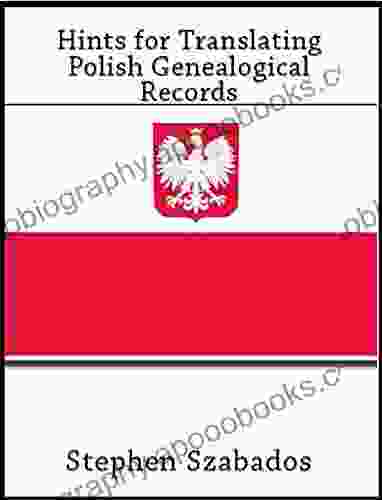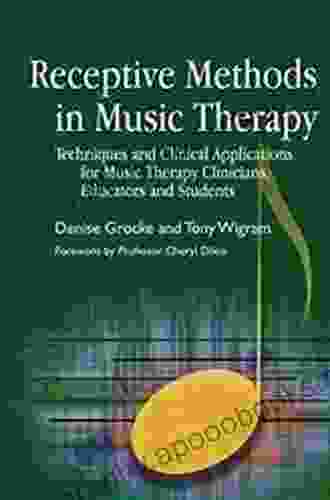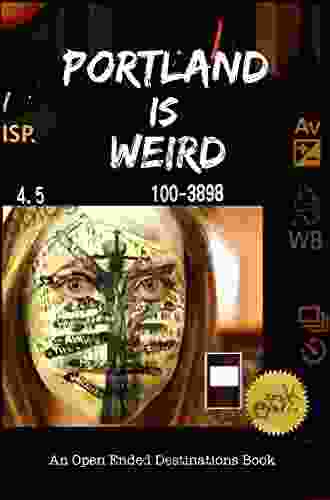Unveiling the Secrets of Polish Genealogy: A Comprehensive Guide to Translating Records

4 out of 5
| Language | : | English |
| File size | : | 3947 KB |
| Text-to-Speech | : | Enabled |
| Screen Reader | : | Supported |
| Enhanced typesetting | : | Enabled |
| Word Wise | : | Enabled |
| Print length | : | 20 pages |
| Lending | : | Enabled |
For those embarking on the captivating journey of tracing their Polish roots, deciphering the intricacies of Polish genealogical records can be a daunting task. These documents, often written in a script that is unfamiliar to modern readers, hold the key to unlocking a wealth of historical information about your ancestors. But fear not, for this comprehensive guide will equip you with the knowledge and tools necessary to navigate the complexities of Polish genealogical records and uncover the hidden stories within.
Understanding the Polish Language
The Polish language, with its rich history and unique phonetic system, can present a challenge to those unfamiliar with its intricacies. However, by understanding the basic structure of the language and learning a few key phrases, you can lay the foundation for deciphering Polish genealogical records.
Polish is a West Slavic language, closely related to Czech, Slovak, and Sorbian. It is written in the Latin alphabet, but with some additional diacritical marks, such as the ogonek (a tail) and the kreska (a stroke). These diacritical marks indicate specific pronunciations and are essential for understanding the meaning of Polish words.
One of the most important aspects of Polish grammar to understand is the use of cases. Polish has seven cases, each of which indicates a different grammatical function. For example, the nominative case is used for the subject of a sentence, while the accusative case is used for the object. By understanding the case system, you can begin to identify the relationships between words in a sentence and piece together the meaning of Polish genealogical records.
Deciphering Historical Scripts
Polish genealogical records can be found in a variety of historical scripts, including Gothic, Kurrent, and Latin. Each of these scripts has its own unique set of characters and abbreviations, which can make them difficult to read. However, with a little practice, you can learn to recognize the most common characters and abbreviations, which will enable you to decipher the contents of Polish genealogical records.
For example, the Gothic script, which was commonly used in Poland from the 14th to the 18th centuries, is characterized by its angular letters and the use of umlauts. The Kurrent script, which was used from the 16th to the 19th centuries, is more cursive and can be more difficult to read. Latin script, which has been used in Poland since the 10th century, is more familiar to modern readers, but it can still present challenges due to the use of abbreviations and Latin phrases.
By studying examples of historical scripts and practicing regularly, you can develop the skills necessary to decipher the contents of Polish genealogical records.
Uncovering the Hidden Stories
Once you have mastered the basics of the Polish language and historical scripts, you can begin the exciting task of uncovering the hidden stories within Polish genealogical records. These documents can provide a wealth of information about your ancestors, including their names, birth dates, death dates, marriage dates, occupations, and places of residence.
By carefully examining Polish genealogical records, you can piece together a detailed picture of your family history and gain a deeper understanding of the lives of your ancestors. You may discover that your great-grandfather was a farmer who emigrated from Poland to the United States in the late 19th century, or that your great-grandmother was a teacher who played an active role in her community. Each record you translate will add another chapter to the story of your family's past.
Translating Polish genealogical records can be a challenging but rewarding endeavor. By understanding the basic structure of the Polish language, learning to decipher historical scripts, and practicing regularly, you can unlock the secrets of your family history and uncover the hidden stories within these precious documents.
With a little patience and perseverance, you can trace your Polish roots back through generations and gain a deeper understanding of the people who came before you. So embark on this journey of discovery today, and let the records of your ancestors guide you towards a richer and more fulfilling understanding of your family's past.
4 out of 5
| Language | : | English |
| File size | : | 3947 KB |
| Text-to-Speech | : | Enabled |
| Screen Reader | : | Supported |
| Enhanced typesetting | : | Enabled |
| Word Wise | : | Enabled |
| Print length | : | 20 pages |
| Lending | : | Enabled |
Do you want to contribute by writing guest posts on this blog?
Please contact us and send us a resume of previous articles that you have written.
 Book
Book Novel
Novel Page
Page Chapter
Chapter Text
Text Story
Story Genre
Genre Reader
Reader Library
Library Paperback
Paperback E-book
E-book Magazine
Magazine Newspaper
Newspaper Paragraph
Paragraph Sentence
Sentence Bookmark
Bookmark Shelf
Shelf Glossary
Glossary Bibliography
Bibliography Foreword
Foreword Preface
Preface Synopsis
Synopsis Annotation
Annotation Footnote
Footnote Manuscript
Manuscript Scroll
Scroll Codex
Codex Tome
Tome Bestseller
Bestseller Classics
Classics Library card
Library card Narrative
Narrative Biography
Biography Autobiography
Autobiography Memoir
Memoir Reference
Reference Encyclopedia
Encyclopedia Bill Blume
Bill Blume Deann Webb
Deann Webb Bill Woods
Bill Woods Julie Moffett
Julie Moffett Tina Miles
Tina Miles Tami Flather
Tami Flather Alan Charles Kors
Alan Charles Kors Lamis Elmy Abdelaaty
Lamis Elmy Abdelaaty Al Gregg
Al Gregg Kimberly Morrow Leong
Kimberly Morrow Leong Al Hesselbart
Al Hesselbart Akif Kichloo
Akif Kichloo Alan Bradshaw
Alan Bradshaw Alastair Turnbull
Alastair Turnbull Albert J Churella
Albert J Churella Juergen Pintaske
Juergen Pintaske Philomena Lynott
Philomena Lynott Paul C R Monk
Paul C R Monk Aimen Patel
Aimen Patel C R Hurst
C R Hurst
Light bulbAdvertise smarter! Our strategic ad space ensures maximum exposure. Reserve your spot today!
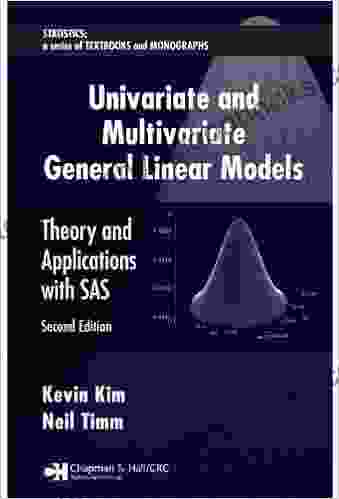
 Stanley BellOf Textbooks and Monographs: A Journey Through the World of Scholarly Writing
Stanley BellOf Textbooks and Monographs: A Journey Through the World of Scholarly Writing George OrwellFollow ·7.3k
George OrwellFollow ·7.3k Juan ButlerFollow ·13.4k
Juan ButlerFollow ·13.4k Ignacio HayesFollow ·15.4k
Ignacio HayesFollow ·15.4k Nathaniel PowellFollow ·7.5k
Nathaniel PowellFollow ·7.5k Al FosterFollow ·15.4k
Al FosterFollow ·15.4k Evan SimmonsFollow ·13.4k
Evan SimmonsFollow ·13.4k Lawrence BellFollow ·18.5k
Lawrence BellFollow ·18.5k Edmund HayesFollow ·15.2k
Edmund HayesFollow ·15.2k
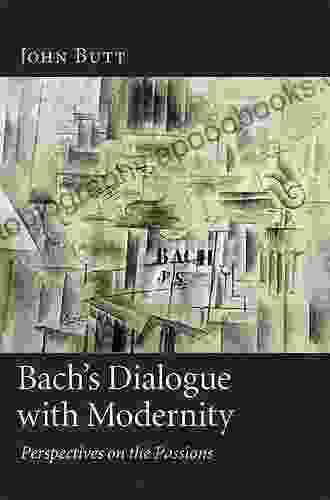
 W. Somerset Maugham
W. Somerset MaughamBach Dialogue With Modernity: A Journey Through Time and...
Prelude: Bach's Timeless...

 Ted Simmons
Ted SimmonsAsher Heroes At Heart Maryann Jordan: The Essential Guide...
Are you ready to...

 Paulo Coelho
Paulo CoelhoVienna Spies: Uncover the Hidden World of Espionage in...
Vienna has long...
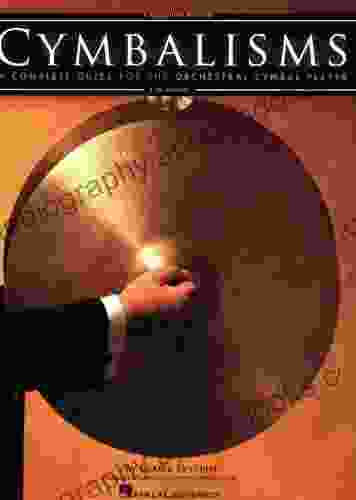
 Herman Melville
Herman MelvilleThe Complete Guide to Orchestral Cymbal Playing:...
Step into the vibrant...
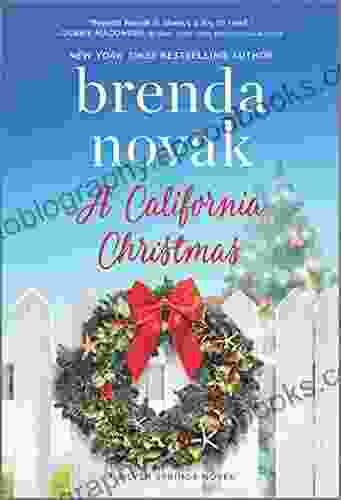
 Rubén Darío
Rubén DaríoEscape into a Holiday Haven with California Christmas...
Embark on a heartwarming and festive journey...
4 out of 5
| Language | : | English |
| File size | : | 3947 KB |
| Text-to-Speech | : | Enabled |
| Screen Reader | : | Supported |
| Enhanced typesetting | : | Enabled |
| Word Wise | : | Enabled |
| Print length | : | 20 pages |
| Lending | : | Enabled |


